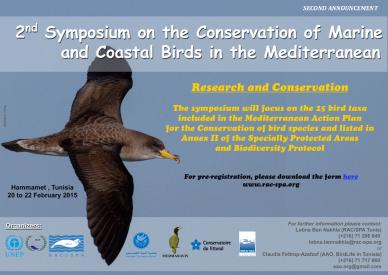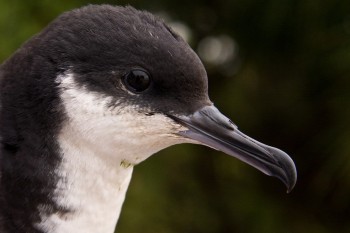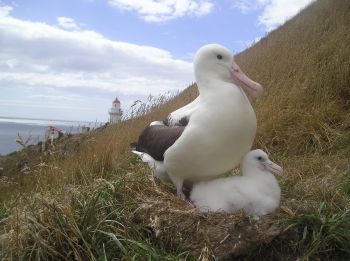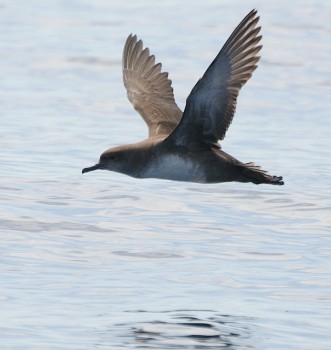The 2nd Symposium on the Conservation of Marine and Coastal Birds in the Mediterranean will take place at the Hôtel Vincci Taj 5, Hammamet, Tunisia over 20-22 February 2015.

The first symposium on the conservation of coastal and marine bird species of Annex II of the Protocol Concerning Specially Protected Areas and Biological Diversity in the Mediterranean (SPA/BD Protocol), took place in Vilanova i la Geltru, Spain in November 2005 (click here for the symposium’s proceedings).
The main objective of the second symposium is to review the current knowledge of the 25 marine bird taxa included in the SPA/BD Protocol and to discuss the most recent results of research and conservation work on these species. Particular interest will be paid to conservation issues, the current projects implemented in the Mediterranean, and innovative propositions to limit the threats impacting these populations.
The Annex II list as amended in 2013 includes three shearwater species: ACAP-listed Balearic Puffinus mauretanicus, Yelkouan P. yelkouan and Scopoli’s Calonectris diomedea, as well as the European Storm Petrel Hydrobates pelagicus (which refers to the subspecies melitensis, known as the Mediterranean Storm Petrel).

Balearic Shearwater, photograph by Daniel Oro
This symposium is also intended to provide an opportunity for Mediterranean ornithologists to exchange information and experience and to provide MEDMARAVIS members the first meeting opportunity since 2010. MEDMARAVIS is an international non-governmental association dealing with the study and conservation of coastal habitats and marine avifauna throughout the Mediterranean region that will co-partner the symposium.
With thanks to Fabrizio Borghesi, MEDMARAVIS Project Officer for information.
John Cooper, ACAP Information Officer, 04 December 2014

 English
English  Français
Français  Español
Español 


